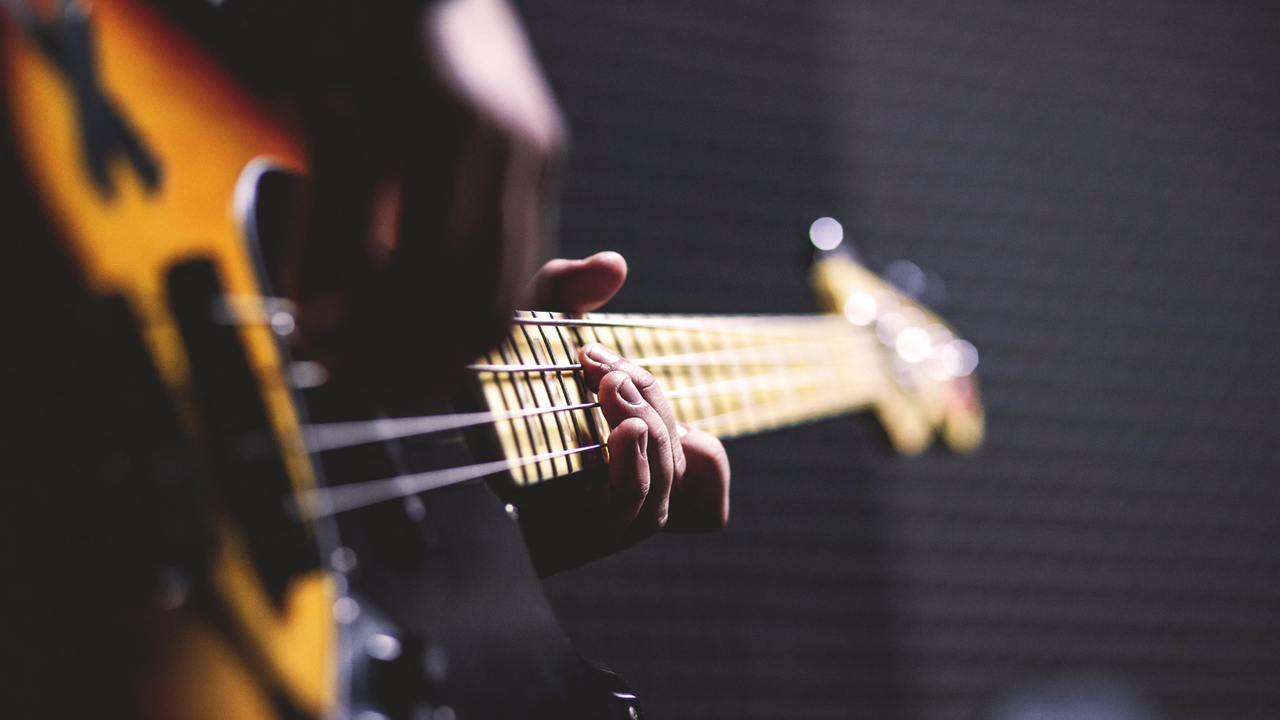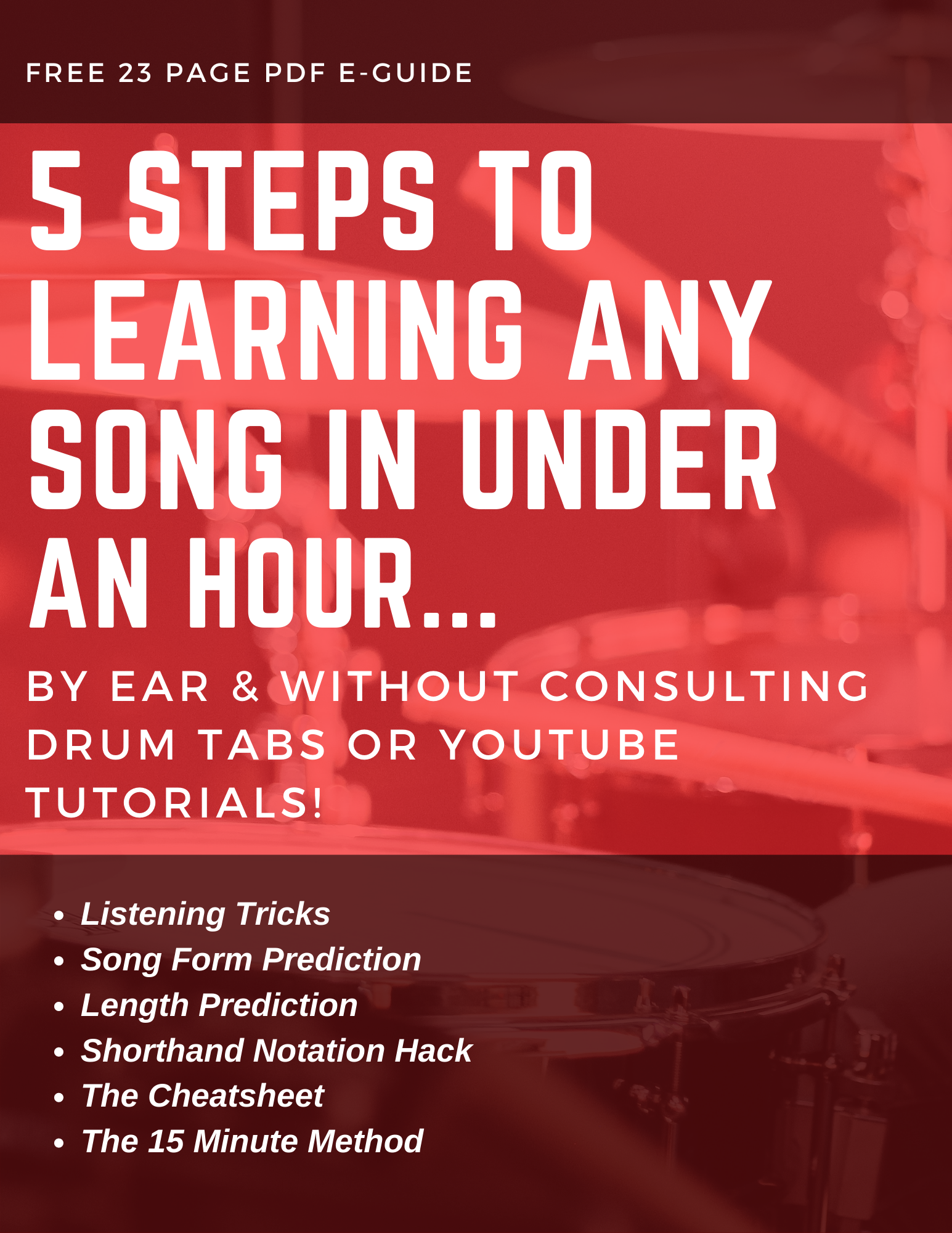The biggest MYTH about playing with a bass player

BIGGEST MYTH: The most important thing you'll do as a drummer is listen to the bass player and lock with what they're playing, because this is the most important relationship in the band.
FALSE.
Why is this false? We’ll break this down, and I’ll share with you what you should ACTUALLY be focusing on when playing.
What’s the most important part of any song you might play on a gig? Think pop, rock, country… most typical styles of music you’d play. What’s the most important element of the song in any of these styles?
It’s the MELODY! That melody will be sung by the vocalist, or it might be played by a guitarist during an intro riff. Either way, all other parts in the song are based off of that melody.
Now what’s the SECOND most important part of a song? If melody is most important, we could probably say that harmony (or chords) is second most important. But we could also go another direction and say that rhythm is second most important, seeing as how rhythm is an important part of melody. A series of notes played at 5 different rhythms would create 5 different melodies.
So if melody is most important and rhythm is second most important…where do drums and bass fit into that equation? Well, drums and bass exist to support the melody and provide a foundation for it. The drums help construct the groove, and the bass emphasizes the chords AND provides note-length to the drums. So if bass is based off of melody…and drums are based off of melody… then what should we drummers be focused on listening to when playing a song?
MELODY. We should be closely in tune with the vocalist, paying attention to the melody, its rhythm, and the way the vocalist is phrasing it. And to go a step further, we should actually be constructing our groove patterns and our fills around this melody so that everything we play is cohesive and fits musically. If you’ve ever wondered “what’s the secret to always playing parts that fit the song,” the secret is basing your parts off the melody. This simply means listening primarily to the melody and letting it inspire everything that you play.
Don’t get me wrong - We drummers have to hold down the fort and keep a solid, steady groove. I’m not saying that we should rush if the vocalist rushes or drag if they drag. We need to be mindful of tempo and consistency. But we also need to be able to push those technical aspects of our playing into the subconscious part of our brain so we can actively focus on melody and playing musically instead.

But Stephen - Shouldn’t we still pay attention to the bass?
Sure! It just doesn’t need to be your #1 focus. I love playing with great bass players, because they make everything I play feel better. They add an element of note-length and motion to my parts that just takes the groove to another level. Great bass players are subtle in their approach, because you don’t notice them that much. But if you mute them, you instantly know something’s missing.
Listen to the bass, enjoy being inspired by what they play, and take creative cues from what they do rhythmically. But don’t make this your end-all-be-all purpose as a drummer. Your job is to listen to the melody and make your parts fit. Ideally you’re taking in all the parts going on around you - You’re just focusing the most on melody.

Here are your action steps I want you to go do right now to start reinforcing this “melodic style” of playing:
1) Go listen to your favorite record, and notice how the drum parts are heavily influenced and inspired by the melody. This might mean that a fill matches a melody rhythmically, or maybe the fill offsets the melodic rhythm in a cool way. Notice the rhythm of the melody, the rhythm of the kick pattern, and how everything interacts with each other.
2) Pick a specific moment in a song where you feel that the drums are fitting with the melody (whether this is during a groove or a fill). See what other groove patterns or fills you can come up with that might be totally different…but that still fit. Remember that great groove and fills often emphasize or accent the melody, but just as often offset it. Some fills play in the spaces left by the melody. Others accent the rhythm of the melody itself. There’s no hard and fast rule here, which is why you just have to go and listen to a bunch of music and find what your ear likes.
3) If you’re having trouble with any of this, check out either of these free guides:
- The first is “How to learn any song in under 60 minutes,” which focuses on all the best strategies for listening to music more deeply. This method helps you memorize songs more easily by helping you notice things you hadn’t noticed before on a recording.
- The second is “The 3-Part Daily Practice Routine - KNOW WHAT TO PRACTICE,” which focuses on the technical areas of practice that help you build hand technique and coordination. This guide is full of coordination exercises that help to split your brain so that you can focus on groove and solidity while still listening to melody and feeling where the song is going. Being a great drummer requires deep enough coordination to put your physical playing on autopilot while your listening skills are at the forefront. This allows you to be most musical and creative, which is ultimately what we want.
So grab either (or both) of those guides, and get to work targeting whatever you feel your weak area might be. Remember that our biggest goal on the drums is to be musical, creative, and spontaneous…while still playing with solid time that feels great. How do you achieve that? By mastering the technical things like hand technique and coordination - then learning how to listen, which all starts with melody.
You can do this! Reach your full potential on the drums, since you’ve got the resources you need right here.
Stay Non Glamorous,
Stephen




